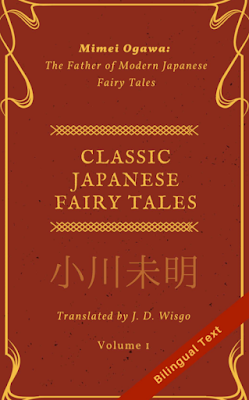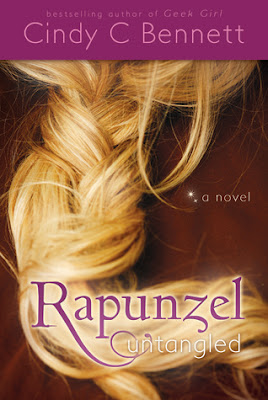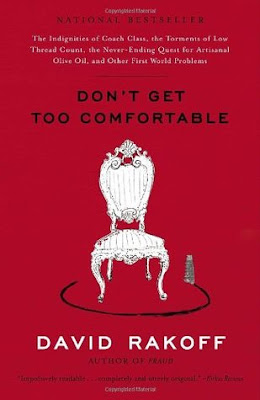“Classic Japanese Fairy-Tales [Volume 1]: Mimei Ogawa: The Father Of Modern Japanese Fairy-Tales” by Mimei Ogawa, translated by J.D. Wisgo

“Classic Japanese Fairy-Tales [Volume 1]: Mimei Ogawa: The Father Of Modern Japanese Fairy-Tales” is a new collection of Japanese fairy-tales translated into English by J.D. Wisgo (2018). This beautiful collection of six Japanese fairy-tales is precious and unique because it is the first publication of its kind: so widely available (unlike other publications of Ogawa’s) and with refreshed translations of classic tales, many of which are not widely known. Wisgo’s renderings of these stories are brilliant, extremely sensual and vivid, and full of poignant reflection without being overtly literary. The six tales in this volume include: The Red Candle & The Mermaid, The Clockless Village, The Golden Hoops, Saffron Wine & The Desert Town, The Chocolate Candy Angel, and Many Years Later. To be sure, all of these are indeed fairy-tales (as opposed to fables). The lessons and meanings are subtle and abstract. When towns disappear is it due to bad luck or mermaids? Or, what is ...








